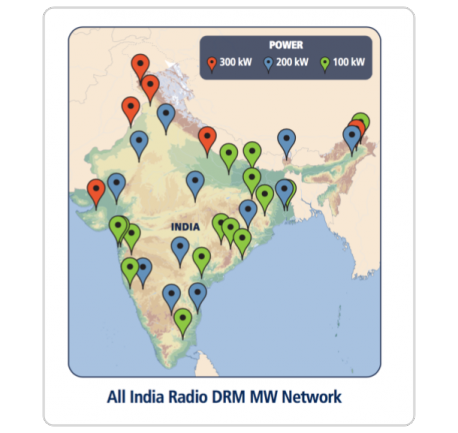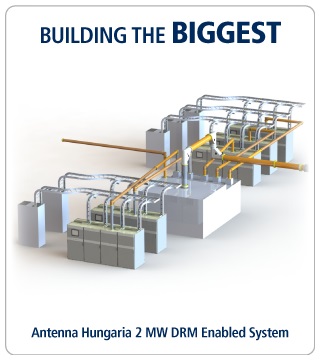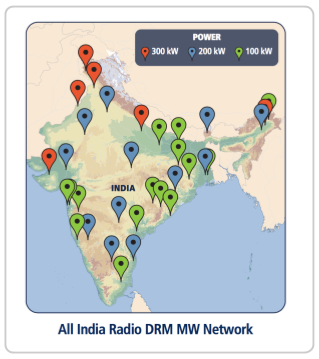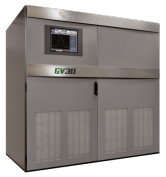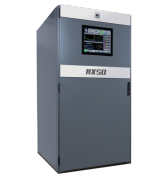What is DRM/DRM+?
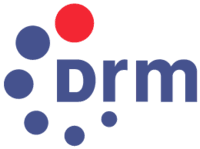
Digital Radio Mondiale (DRM) is a globally standardized digital broadcasting system that facilitates the transmission of high-quality digital audio and multimedia content over a wide range of broadcasting frequency bands, including AM bands (LW, MW, SW) and VHF Bands I, II (FM band), and III. DRM+ is the term used to refer to the DRM standard when it is employed in VHF frequencies (above 30 MHz).
Benefits of DRM
DRM deployment enables broadcasters to offer an increased number of channels, significantly enhancing audio quality and broadcast reliability. DRM+ can function with just half the spectrum required by existing analog stereo FM broadcasts, while achieving enhanced robustness, more channels, reduced transmission power, increased coverage or additional services.
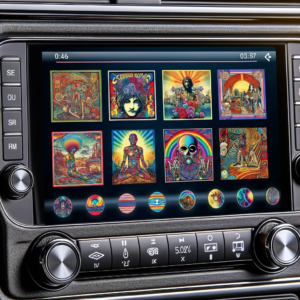 Among the noteworthy services DRM provides are SlideShow and Service and Programme Information (SPI), which enable listeners with suitable receivers to view images, access broadcast schedules, and set recording times. Additionally, Journaline, an interactive text service, is offered for convenient access to on-demand information within the free-to-air radio broadcast.
Among the noteworthy services DRM provides are SlideShow and Service and Programme Information (SPI), which enable listeners with suitable receivers to view images, access broadcast schedules, and set recording times. Additionally, Journaline, an interactive text service, is offered for convenient access to on-demand information within the free-to-air radio broadcast.
DRM supports operation in both multi-frequency network (MFN) and single-frequency network (SFN) modes and has the capability of automatic frequency checking and switching (AFS) to transition between different frequencies or networks. This enables broadcasters to seamlessly transfer listeners from DRM to AM, FM, or DAB platforms and back.
Emergency Warning Functionality
 DRM can disseminate critical alerts to a broad audience in anticipation of impending disasters. This functionality serves as a vital contingency measure, especially when local infrastructure becomes inoperative. In emergency situations, DRM receivers are instructed to transition to and present an emergency program, with some models having the capability to autonomously activate from standby mode.
DRM can disseminate critical alerts to a broad audience in anticipation of impending disasters. This functionality serves as a vital contingency measure, especially when local infrastructure becomes inoperative. In emergency situations, DRM receivers are instructed to transition to and present an emergency program, with some models having the capability to autonomously activate from standby mode.
The emergency program may consist of audio content, DRM text messages, and Journaline text, capable of providing comprehensive information in multiple languages simultaneously. Additionally, this emergency content may include a visual alarm indicator and automatic volume adjustment on the receiver. Learn more at Digital Radio Mondiale website or read their handy DRM Standard At-A-Glance document.
Nautel’s DRM Solutions
Nautel offers the industry’s broadest offering of solid-state DRM models ranging from 1 kW to 2,000 kW MW with the NX Series, and 3.5 kW to 80 kW FM with the GV Series. It’s Digidia line of DRM/DRM+ products, including the ALTO (DRM/DRM+ Content Server), is engineered for straightforward installation, user-friendliness, hassle-free maintenance, and strict compliance with the standard.
ALTO DRM/DRM+ Content Server
The ALTO DRM30/DRM+ Content Server is a versatile solution designed for DRM broadcasting, including both DRM and DRM+ standards, making it suitable for integration in studios, transmitter sites, and for DRM test transmissions in trial and laboratory settings. This advanced solution offers exceptional portability across various industrial PC platforms, including 1RU, 2RU and 4RU systems.

As a flexible and compact all-in-one box solution, it enables multi-encoding and multi-multiplexing for DRM/DRM+. It operates with intuitive graphical user interface and a straightforward architecture, ensuring uninterrupted broadcasting reliability with its 1+1 redundancy system that sets high standards for performance.
DRM Multiplex
Nautel DRM Multiplex is a spectrally efficient and energy efficient means to implement all-digital radio utilizing a multiplexed implementation of Digital Radio Mondiale (DRM) technology. It enables the placement of up to 18 audio streams or stations within 600 kHz of signal bandwidth or up to nine audio streams in 400 kHz of signal bandwidth.
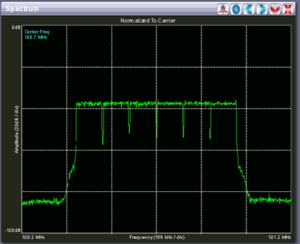 This new experimental technology allows the combination of multiple independent DRM modulators into a single DRM crest factor reduction engine, permitting two or more DRM instances to be amplified using a single transmitter and subsequent antenna system.
This new experimental technology allows the combination of multiple independent DRM modulators into a single DRM crest factor reduction engine, permitting two or more DRM instances to be amplified using a single transmitter and subsequent antenna system.
The all-digital IBOC configuration is capable of carrying up to six times the standard DRM content. The methodology also maintains backward compatibility with existing receivers that can be received independently on their own channel.
DRM Multiplex builds on the advantages of existing DRM technology. Existing DRM can place up to 3 audio streams in the 100 kHz frequency partition dedicated to it. Another DRM advantage is its superior signal robustness compared to analog FM. This allows much better frequency re-use and short spacing of stations. DRM Multiplex further increases the spectral efficiency by joining multiple DRM signals and using all the allocated frequency space without any waste.
DRM Multiplex is experimental and would require an exciter upgrade on existing digital capable transmitter, and regulatory approval.
No pricing is currently available.
Potential Applications
- Enable the move of AM stations to the FM band, as proposed by some countries.
- Address current shortage of available frequencies in the FM band; 200+ audio channels could be possible with proper frequency planning.
- Netcasters could place their most popular streams on an over-the-air signal.
- Stations could use the added channels as a potential revenue source via leasing of audio streams, ad insertion or adding specialty channels such as sports or community information.
- Small markets could have a broad variety of diverse formats served by a single low-cost station.
Digital Broadcasters depend on Nautel
Whether building the BIGGEST or building for a BILLION, Nautel is ready to take on the world’s largest digital radio deployments.
Antenna Hungária, Solt, Hungary
Power savings, outstanding reliability and world-class customer service were key to Nautel’s 2 Megawatt NX2000 system selection at Europe’s most powerful MW station – Antenna Hungária, Solt, Hungary. It’s now on-air on 540 kHz and can be heard all over Europe as well as in parts of Africa, Russia and Asia.
Five solid-state, DRM-enabled NX400 transmitters and a 2,000 kW combiner comprise the 2 Megawatt system which replaced an aging custom-built tube transmitter that had been in operation since 1977.
The large-scale deployment involved large infrastructure changes at the site; including interfacing with existing 11 kV voltage supply, building modifications, and air handling modifications.
All India Radio
The largest digital broadcasting system in the world at 33 sites is on air in India; all using Nautel high-power NX Series transmitters configured for DRM30. This massive project by India’s Prasar Bharati for All India Radio has the goal of bringing digital radio to nearly a billion residents of the country.
The first 27-unit order in 2013 of eleven 100 kW NX100, ten 200 kW NX200, and six 300 kW NX300 DRM-enabled MW-AM transmitters comprised the world’s largest digital radio deployment to date.
A second six-unit follow-up order in 2017 included four 100 kW NX100, and two 200 kW NX200 DRM-enabled MW-AM transmitters.

